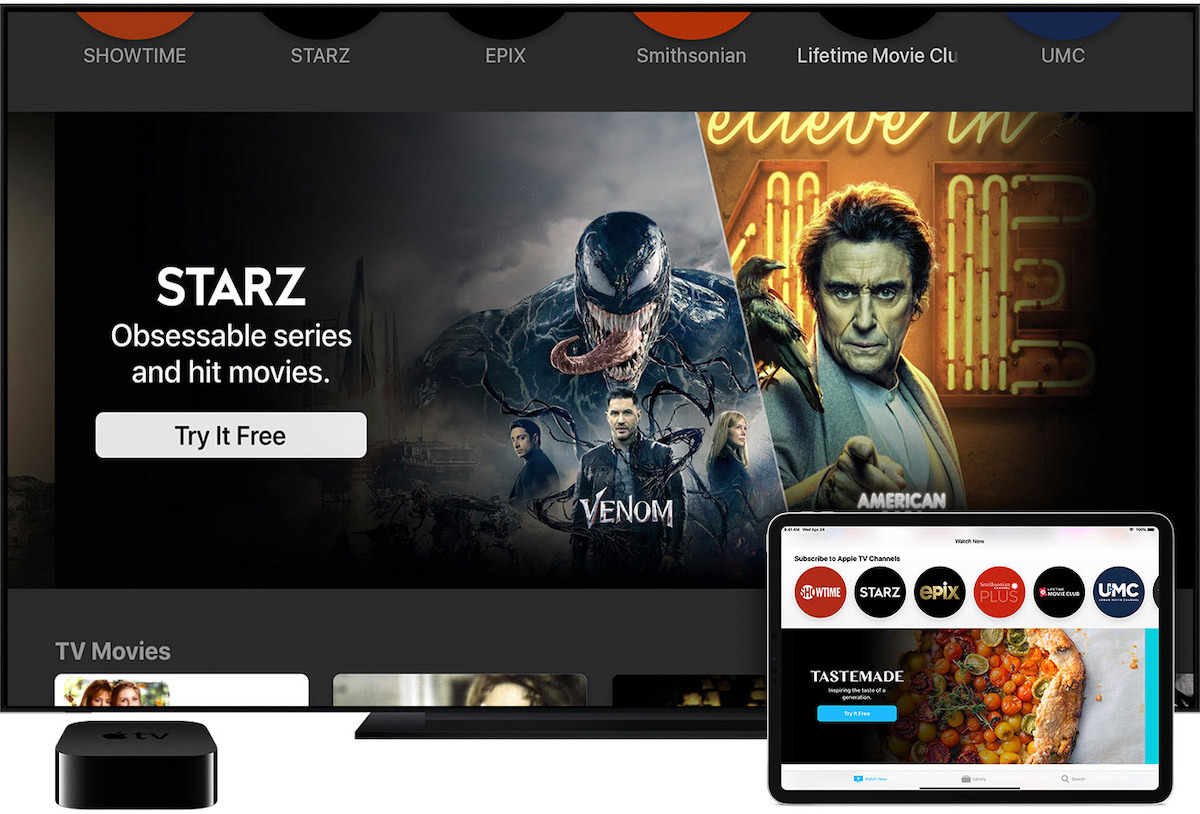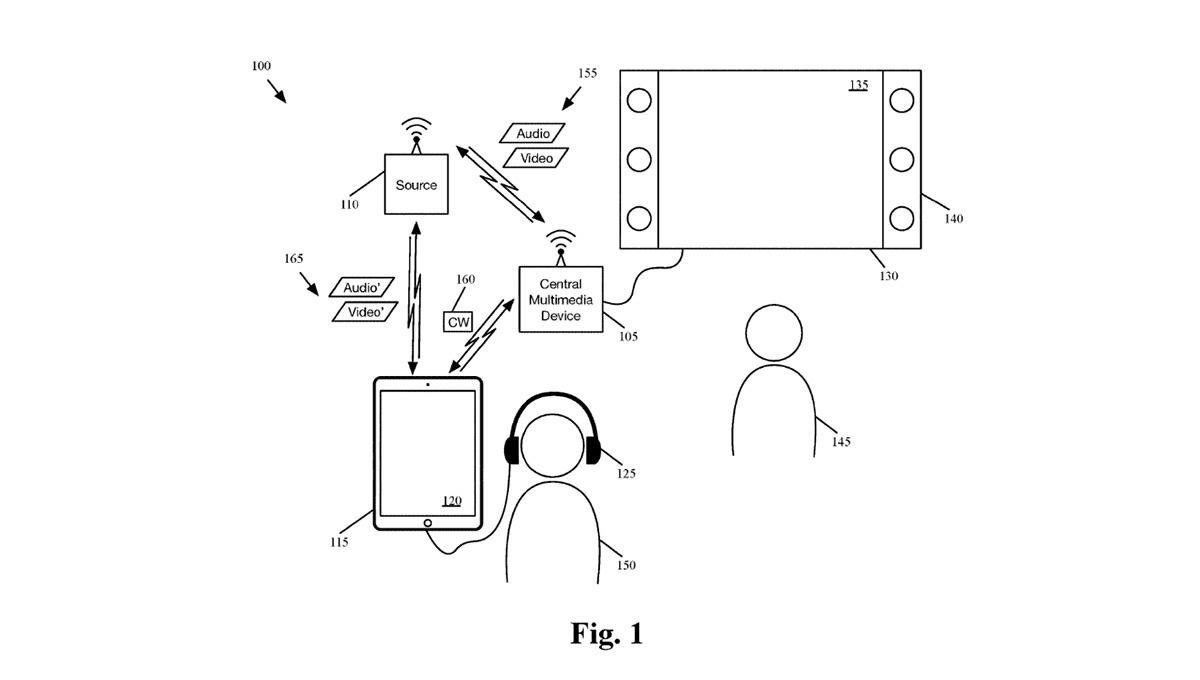Apple is developing simultaneous streaming technology, perhaps as a future Apple TV feature, that could customize playback of a video clip based on viewer needs or preferences.
The technology is described in a patent titled "Simultaneous playback for multiple audience members with different visual and audio needs," which was granted to Apple on Dec. 15. The company first filed for the patent in September 2017.
Essentially, the patent covers a method for simultaneous streaming, or a way for multiple users to watch the same content together remotely and/or on different devices. But it goes a step beyond a simple "watch party" feature.
For example, Apple notes that a family may want to watch a movie that includes "inappropriate content" for children under a certain age — which could lead to parents telling their kids to cover their eyes.
In a different situation, some members of a viewing party may need hearing assistance or subtitles to watch a program. Other users of that viewing party may not want subtitles because they're distracting.
"Furthermore, a family having different backgrounds and speaking different languages may be required to settle for playing back the audio in the television program in one language, in which some family members are proficient, while others are not," the patent reads.
To remedy these situations, Apple proposes a system that could adjust playback to suit the different needs or wants of the audience members.
As an example, the patent contends that a playback system can send an alert to a viewer notifying them of an upcoming piece of "inappropriate content." From there, the viewer can decide whether to stream a different or alternate segment. The system may also be able to do this automatically based on data — like age or audio needs — within a viewer's user profile.
"This process may be repeated as needed during the playback of the asset, to replace additional, selected upcoming segments of the asset. In this way, an audience member may watch an original version of the asset, while another audience member seamlessly sees and/or hears a different version of the asset that is more suitable for the needs of that audience member," the patent reads.
The system focuses on a central media device, which Apple describes explicitly as something like an Apple TV or Roku. That central media device would be streaming its content to other portable devices, such as an iPhone or iPad.
There are also provisions in place that allow the media device to smoothly switch a stream between an original piece of content and an alternate or edited piece of content by buffering two versions of a movie simultaneously, and playing one or the other based on user needs. Members of a viewing party may also be able to pause playback for all viewers, or rewind certain segments.
The patent lists Stanley M. Mayalil, Cole M. Stewart, and Rajesh Ambati as its inventors. Of them, Ambati has previously worked on carrier network- and streaming-related technology for Apple.
Apple files numerous patents on a weekly basis, and there's no guarantee that the technology described in them will ever make it to market. Similarly, patents don't give any indication of when Apple may adopt their technology.
 Mike Peterson
Mike Peterson









 Marko Zivkovic
Marko Zivkovic
 Christine McKee
Christine McKee
 Andrew Orr
Andrew Orr
 Andrew O'Hara
Andrew O'Hara
 William Gallagher
William Gallagher

 Mike Wuerthele
Mike Wuerthele
 Bon Adamson
Bon Adamson




-m.jpg)



1 Comment
Interesting idea, May be in development because of quarantine. Maybe we can share our movies and watch across Apple TVs?
Regarding parental control, Apple needs to create a way to sort through inappropriate content. Netflix has a way to "block" mature content but it only applies to first-party content which is beyond stupid because Sausage Party which is animated and draws kids in will still play....